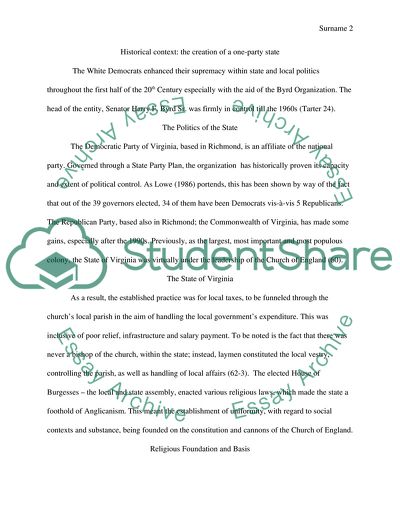Cite this document
(Education Funding from 1800-1900 Research Paper, n.d.)
Education Funding from 1800-1900 Research Paper. https://studentshare.org/education/1815650-education-funding-from-1800-1900
Education Funding from 1800-1900 Research Paper. https://studentshare.org/education/1815650-education-funding-from-1800-1900
(Education Funding from 1800-1900 Research Paper)
Education Funding from 1800-1900 Research Paper. https://studentshare.org/education/1815650-education-funding-from-1800-1900.
Education Funding from 1800-1900 Research Paper. https://studentshare.org/education/1815650-education-funding-from-1800-1900.
“Education Funding from 1800-1900 Research Paper”. https://studentshare.org/education/1815650-education-funding-from-1800-1900.


